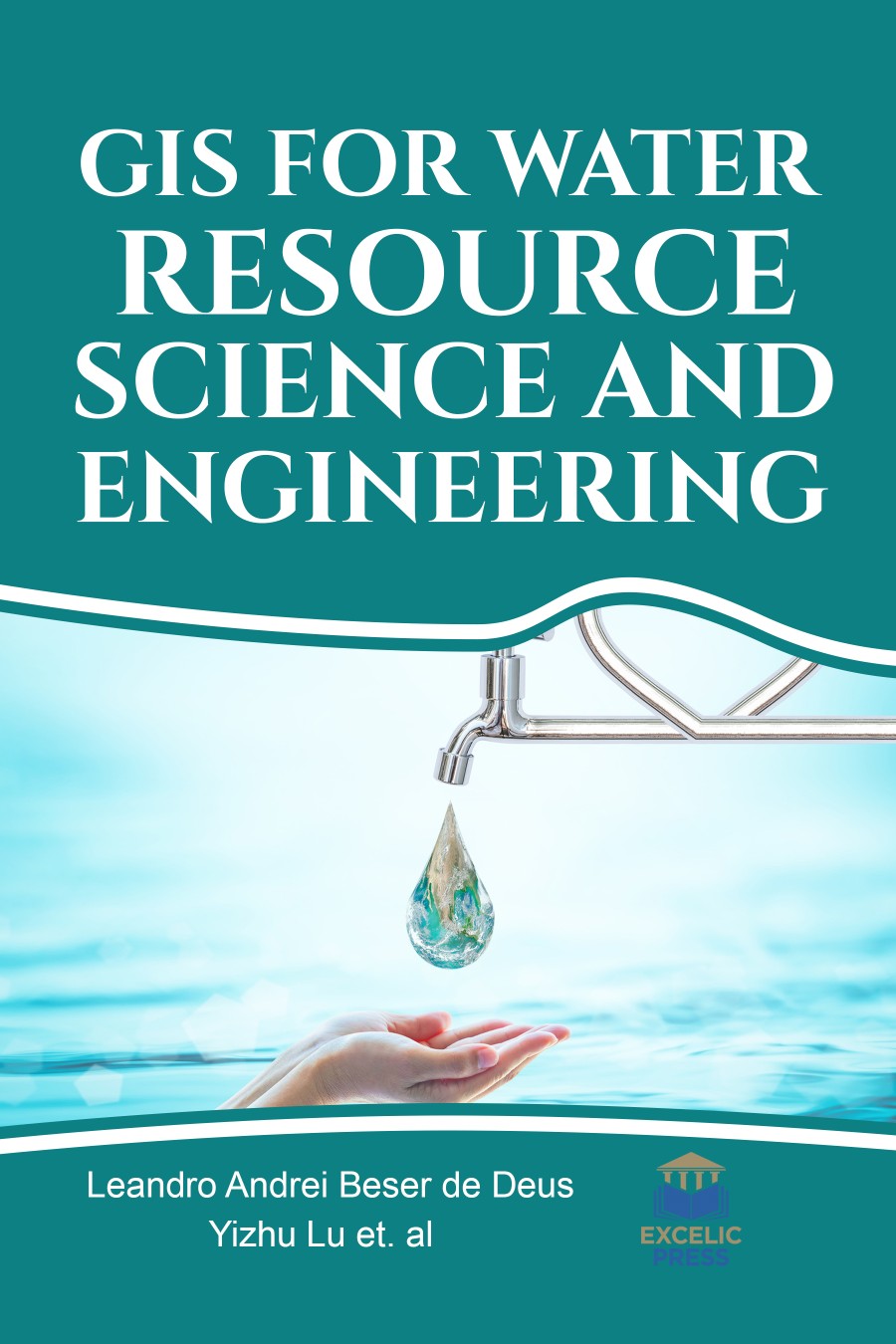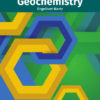The population on planet Earth will increase from 6 billion to 8.1 billion people in 2030 and will overlap with an augment in water demands to convene human needs, according to FAO forecasts. Fresh water has come to an end to be an unlimited resource to become a relatively limited and scarce one. To meet future demands for food with an increasingly scarcity of water supply, it is a must to manage our water resources better. When water supplies are abundant & environmental pollution & degradation is no issue, water managers can afford to be lax in its management with population growth & the effects of cyclic droughts on irrigated agriculture have put pressure on the available water resources. In managing groundwater resources, Geographical Information System (GIS) are tools capable of storing and managing spatial hydrogeological data by spatial referencing in digital formats. The correlation of all data with location is the key feature of GIS, which provides the ability to analyze and model hydrologic processes and produce results in maps and in digital formats. Thus, GIS can be considered a support system in decision making and an ideal tool for monitoring certain hydrogeological processes with socio-economic impacts.
GIS and Geocomputation for Water Resource Science and Engineering not only covers the fundamentals of geographic information systems but also exhibits how GIS and mathematical models can be included to develop spatial decision support systems to support water resources planning, management and engineering. Current GIS applications are presented including surface hydrologic and groundwater modeling, water supply and sewer system modeling, stormwater and nonpoint source pollution modeling for urban and agricultural areas, and other related applications. Future research and development needs in this field are presented. The application of GIS in water resources is constantly on the rise. In order to stress the importance of GIS in water resources management, applications related to this area are addressed and evaluated for efficient future research and development.













